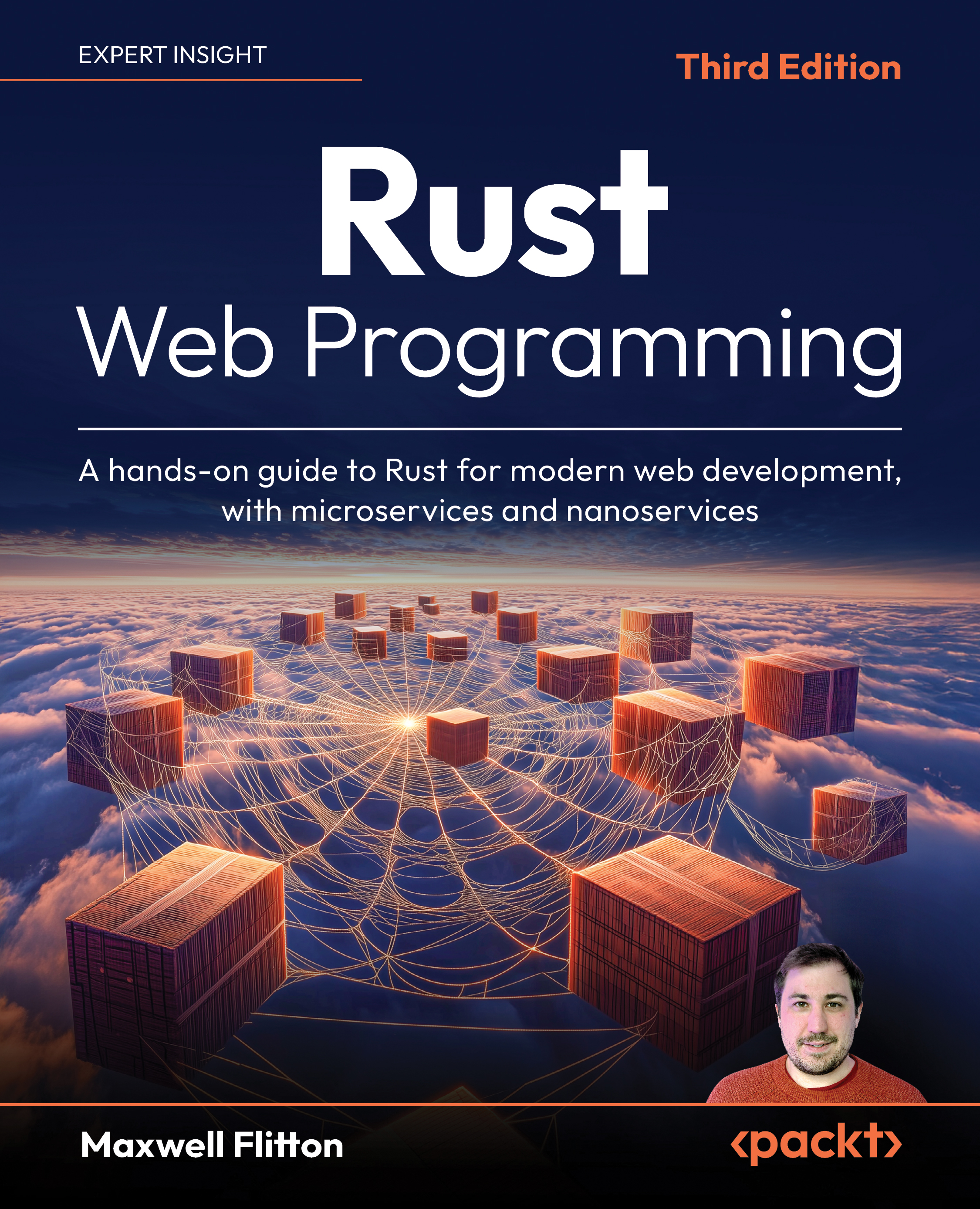Building our PostgreSQL database
Up to this point in the book, we have been using a JSON file to store our to-do items. This has served us well so far. In fact, there is no reason why we cannot use a JSON file throughout the rest of the book to complete the tasks. However, if you do use a JSON file for production projects, you will come across some downsides.
Why we should use a proper database
If the reads and writes to our JSON file increase, we can face some concurrency issues and data corruption. There is also no checking on the type of data. Therefore, another developer can write a function that writes different data to the JSON file, and nothing will stand in the way.
There is also an issue with migrations. If we want to add a timestamp to the to-do items, this will only affect new to-do items that we insert into the JSON file. Therefore, some of our to-do items will have a timestamp, and others won't, which would introduce bugs into our app. Our JSON file also has limitations...

































































